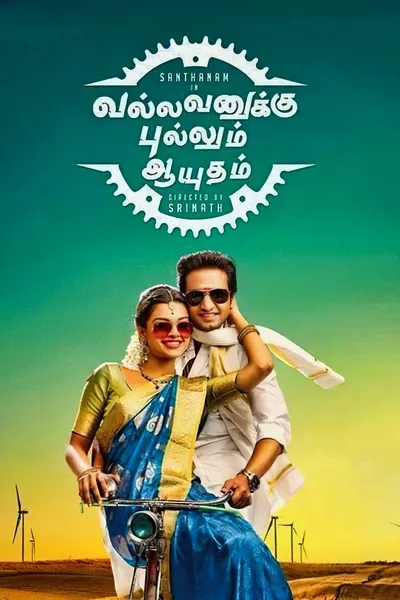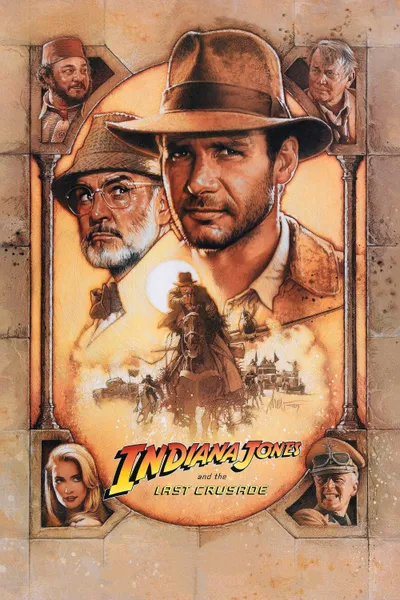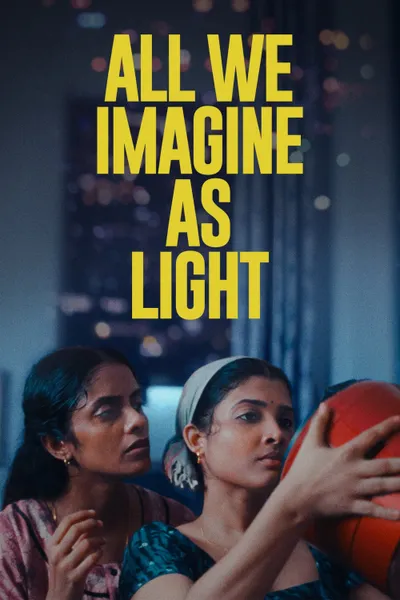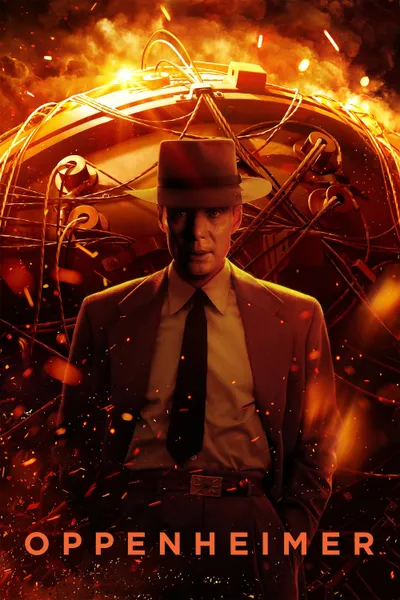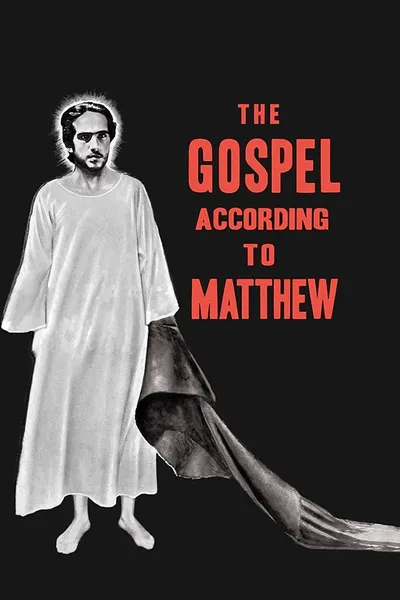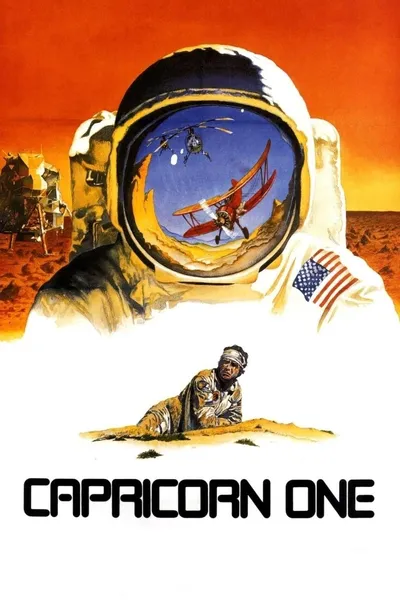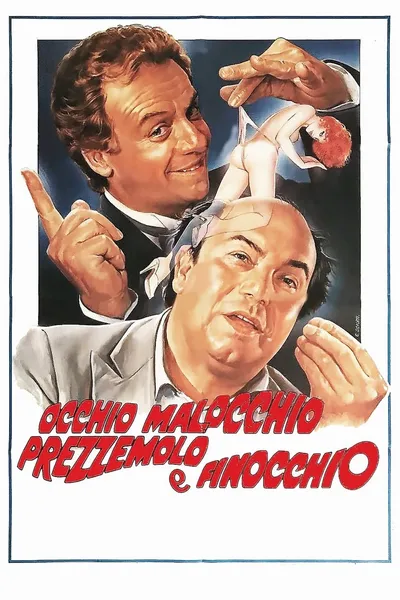Reviews
timesofindia
July 7, 20145.0
Vallavanukku Pullum Aayudham is an example of how most of our filmmakers are clueless when it comes to economy of storytelling. The film largely takes place in a span of three days and we should ideally be made to forget this fact and lose ourselves in the plot. However, the film only keeps reminding us what a better film its source, SS Rajamouli's Telugu film Maryada Ramanna (2010), is. That film was a minor effort for the director, who was clearly going for a lighter fare between his ambitious Magadheera and Naan Ee. And, despite some flab (especially the songs), he succeeded in making audiences accept a comedian as a hero and kept the film moving at a fast clip. Here, though director Srinath opts for a frame-to-frame remake, the momentum is missing in the scenes, turning the film into a drag, even for those who haven't seen the Telugu film. Perhaps, he should have rather gone back to Maryada Ramanna's uncredited source, Buster Keaton's silent film Our Hospitality (1923), which is filled with inventive set pieces and tells the same story in just over an hour.
Sakthi, an orphan in Chennai, learns about his ancestral property and goes to his village to sell it off. En route, he meets Vanathi, a pretty girl and becomes friendly with her, not realizing that her family is baying for his blood owing to a decades-old family feud. He also becomes a guest in her house and when her father Singarayar ( Nagineedu, who did the role in Telugu as well) and two brothers realize his true identity, they are livid. But, there is a catch — they will murder him only when he steps out of the house to uphold their hospitality. How Sakthi manages to stay alive using his wiles is what the plot is all about.
The chief problem with the film is that the director takes an hour for the set-up itself. We have to put up with a hero introduction number, a needless character in the form of a cycle (both of which were written into the story in a much better way in the Telugu film) and most importantly, an overlong and often juvenile comedy track involving Sakthi and Raj, a show-off and his two cronies, which includes the mandatory girls-are- exploiters comment by the hero. If these scenes are made bearable, it is only because of Santhanam, who gets some funny lines to ridicule Raj and his friends.
It gets a little better after Sakthi enters the Singarayar household though the film never feels nail-bitingly tense, despite its protagonist's predicament. It feels like everyone was more concerned about staying as close to the original as possible and forgot to inject drama into the scenes. Some of the interpersonal relationships, like Vanathi's equation with her cousin Raja, aren't captured well either. The antagonists are made to recite most of their lines in a drawn-out fashion to add punch but this only slows down the film's pace as do the frequent slow motion shots. As for Santhanam, we see the effort he has put in to pass off as a hero; he looks dapper, attempts difficult steps in the songs and coasts through in full form during the humorous sequences but in the emotional scenes, he is all at sea and at times, this turns the scene unintentionally funny.
Recommendation Movies
Joker2019
Dune1984
The Grifters1990
Indiana Jones and the Last Crusade1989
Kill Bill: The Whole Bloody Affair2025
Twin Peaks: Fire Walk with Me1992
Santa Maradona2001
All We Imagine as Light2024
Fear and Loathing in Las Vegas1998
Oppenheimer2023
Tenet2020
The Last Duel2021
Here2024
Dou kyu sei – Classmates2016
The Gospel According to St. Matthew1965
Capricorn One1977
Occhio, malocchio, prezzemolo e finocchio1983
Shutter Island2010
The Saragossa Manuscript1965
The French Dispatch2021
© 2025 MoovieTime. All rights reserved.Made with Nuxt
